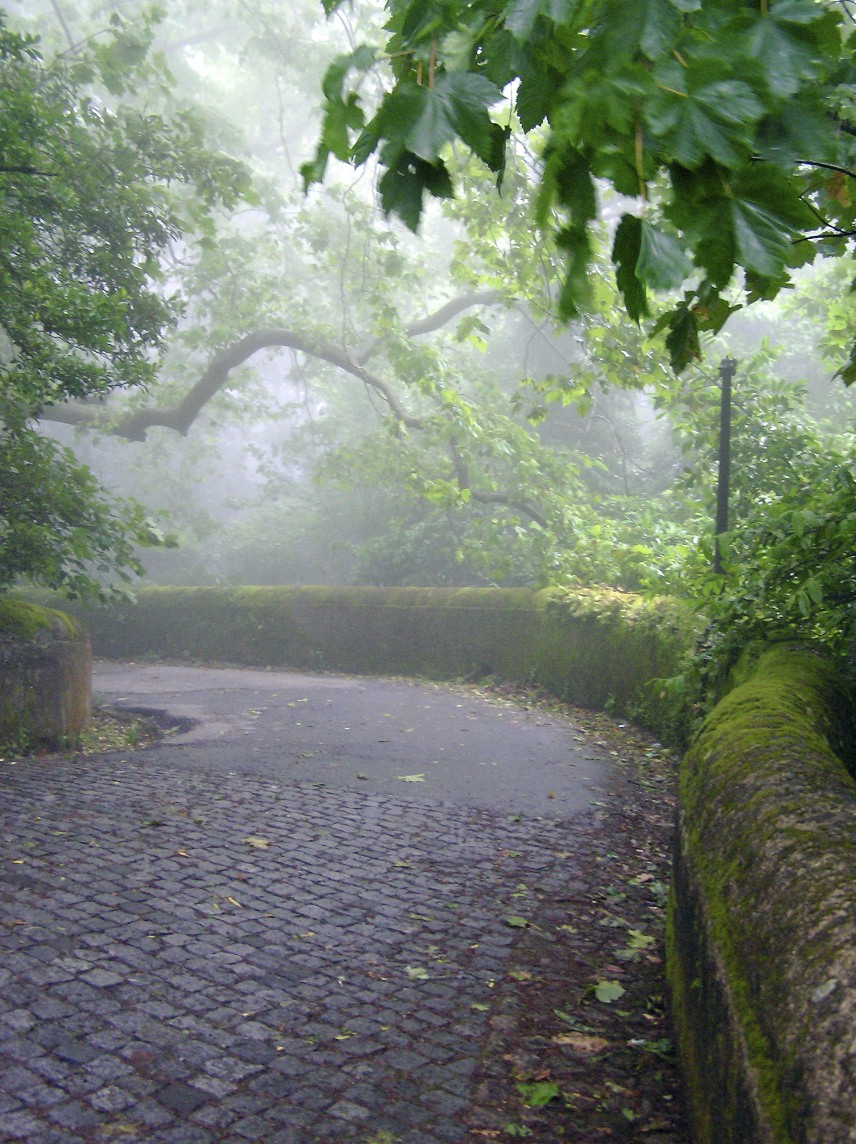
Sometimes the sanctuary is in a small corner of our house; an alter with a crucifix, or a puja table in India with flowers, incense, and a picture on it, or a prayer window looking out into a garden. Sometimes it is a time and a ritual, like evening prayers for the Jew or one of the five times of prayer for the Muslim. Sometimes it is a practice, like stopping in the park to feed pigeons on the way home from work at the end of the day or having a quiet cup of coffee in the staff room of a busy corporation. Not always, but often enough to keep us engaged, these moments take us to a place we call our true home. We are rested and renewed. We say, “Now I am more myself. again.” Sanctuary enables us to stop, hide, get away, rest, and become “more myself again.”
Second, sanctuary enables us to heal, repair, re-group, recover. While we are resting our bodies, minds, emotions, and spirits, we often also heal. Hospitals are great public sanctuaries for healing in the Western world. Originally in many parts of the world (including America) hospitals served as refuges for the poor and downtrodden (Bergquist, Guest and Rooney, 2003). Nuns and nurses ministered to the nutritional and spiritual needs of the have-nots, as well as their physical needs. While the mission of most hospitals has changed in recent times, there still are separate rules for hospitals. There are boundaries. There are expected behaviors. There are ranks and protocols. We know when we are in a hospital.
People also come to sanctuary who have been defeated. Perhaps, there is a renewed interest in sanctuary because we are, in some sense, a defeated society. Sanctuary is clearly and historically a place for defeat. That is where you go to lick your wounds to either come out and fight again or adjust to your defeat. As I have noted, the heiau (city of refuge) in Hawaii was established as a place to stop and rest in time of war. The Kings peace in Medieval Europe accomplished the same purpose. The rule against killing within a Cathedral or church (Murder in the Cathedral), or at other holy places reflects the same issue. When a politician is defeated, or a business leader is fired, they go to a sanctuary to pull their life together again. While the defeat or firing provides an opportunity for grieving and regret, it also can be a place for renewal and re-invention– accompanied by the strong breeze of freedom.
Third, sanctuary enables us to find our deep center and reorient to our own deeper compass again. At the heart of sanctuary for many people is the sense of a place, time or situation where the conditions of ordinary living are suspended for a time. This makes sanctuary different from all other parts of life in time, space, and situation. In these suspended moments, the demands of ordinary life are set aside as are the rules of ordinary life. The heavy weight of blame, guilt, danger, limitations, and sanctions is lifted. Several uplifting forces are added, including (certain kinds of) freedom, openness, possibility, empowerment.
In sanctuary there is the real possibility for renewal and healing at a deep level: nurturance, body, mind, interpersonal, spiritual, situational. There is a real possibility for introspection: seeing oneself as one is (introspection); seeing a situation as it is (extrospection); seeing others as they are, and so forth. There is a real possibility for creative new thinking, being open to new possibilities, being able to envision oneself in new possibilities. There is a possibility of some kind of coming home to one’s own truth. There can be a kind of coming to oneself. The breeze of Freedom is blowing.







